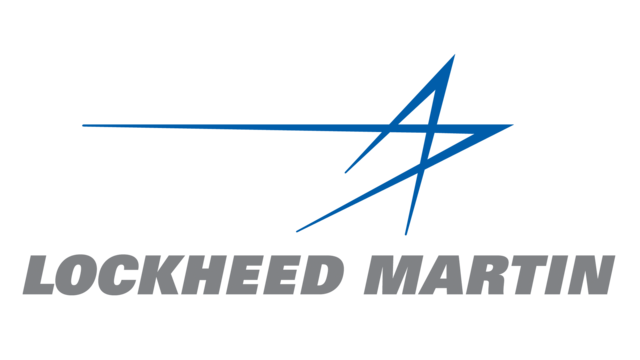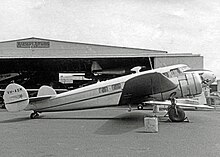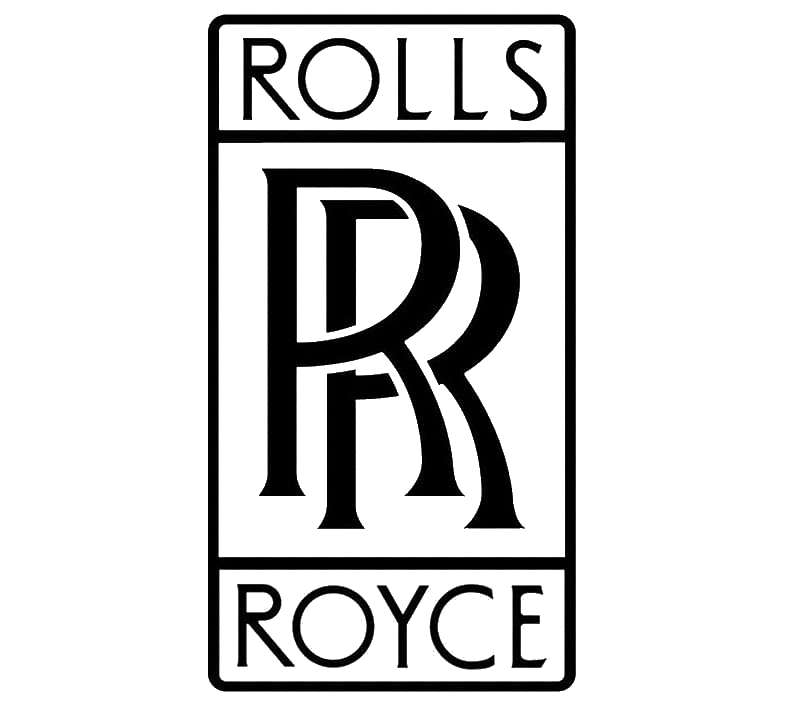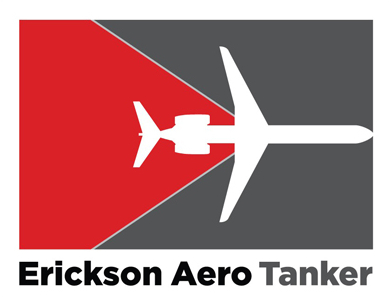Lockheed
Model 10 Electra
 Amelia Earhart and Fred Noonan's modified Electra 10E |
|
| General information | |
|---|---|
| Type | Light airliner |
| Manufacturer | Lockheed |
| Designer | Hall Hibbard |
| Number built | 149 |
| History | |
| Introduction date | 1935 |
| First flight | February 23, 1934 |
| Variants | Lockheed XC-35 |
| Developed into | |
.
History Lockheed Corporation Aerospace
Lockheed Model 10 Electra
Introduction date 1935
First flight February 23, 1934

The Lockheed Model 10 Electra is an American twin-engined, all-metal monoplane airliner developed by the Lockheed Aircraft Corporation, which was produced primarily in the 1930s to compete with the Boeing 247 and Douglas DC-2. The type gained considerable fame as one was flown by Amelia Earhart and Fred Noonan on their ill-fated around-the-world expedition in 1937.
Operational history

After October 1934, when the US government banned single-engined aircraft for use in carrying passengers or in night flying, Lockheed was perfectly placed in the market with its new Model 10 Electra. In addition to deliveries to US-based airlines, several European operators added Electras to their prewar fleets. In Latin America, the first airline to use Electras was Cubana de Aviación, starting in 1935, for its domestic routes.

Besides airline orders, a number of non-commercial civil operators also purchased the new Model 10. In May 1937, H. T. "Dick" Merrill and J. S. Lambie accomplished a round-trip crossing of the Atlantic Ocean. The feat was declared the first round-trip commercial crossing of that ocean by any aircraft. It won them the Harmon Trophy. On the eastbound trip, they carried newsreels of the crash of the Hindenburg, and on the return trip from the United Kingdom, they brought photographs of the coronation of King George VI. Bata Shoes operated the Model 10 to ferry its executives between their European factories.

0
KmCeiling
0
KmRange
0
km/hAircraft Speed
0
Max Crew
Photo Gallery
Lockheed Corporation Aerospace
Lockheed Model 10 Electra
Introduction date 1935
First flight February 23, 1934


Lockheed Corporation Aerospace
Lockheed Model 10 Electra
General characteristics
-
- Crew: 2
- Capacity: 10 passengers + 670 lb (304 kg) mail and baggage
- Length: 38 ft 7 in (11.76 m)
- Wingspan: 55 ft (17 m)
- Height: 10 ft 1 in (3.07 m)
Powerplant
-
- Empty weight: 6,325 lb (2,869 kg) equipped
- Gross weight: 10,100 lb (4,581 kg)
- Fuel capacity: 194 US gal (161.5 imp gal; 734.4 L) in centre-section leading edges and fuselage
- Powerplant: 2 × Pratt & Whitney R-985 Wasp Junior SB 9-cylinder air-cooled radial piston engines, 450 hp (340 kW) each at 2,300 rpm at 5,000 ft (1,524 m)
Specifications
- Maximum speed: 190 mph (310 km/h, 170 kn) at sea level, fully loaded
-
-
-
- 210 mph (182 kn; 338 km/h) at 5,000 ft (1,524 m)
-
-
- Cruise speed: 176 mph (283 km/h, 153 kn) at sea level
-
-
-
- 185 mph (161 kn; 298 km/h) at 5,000 ft (1,524 m)
- 195 mph (169 kn; 314 km/h) at 9,600 ft (2,926 m)
-
-
- Landing speed: 64 mph (56 kn; 103 km/h) flaps down
- Range: 810 mi (1,300 km, 700 nmi) at 75% power with maximum fuel
- Service ceiling: 21,250 ft (6,480 m) * Absolute ceiling: 23,200 ft (7,071 m)
-
Links to Youtube & Others
With its signature twin tail and exceptionally clean, art-deco appearance, the Lockheed Model 10 Electra series emerged as a purpose-built design intended to respond to the Douglas DC-2 and Boeing 247 airliners, which were revolutionizing commercial airlines by the mid-1930s.
Lockheed Model 10 Elektra
Boeing’s two 737 MAX 8 crashes and the investigation that followed ruined not just
Youtube Link
nside the Boeing 737 MAX Scandal That Rocked Aviation | WSJ.














.svg.png)